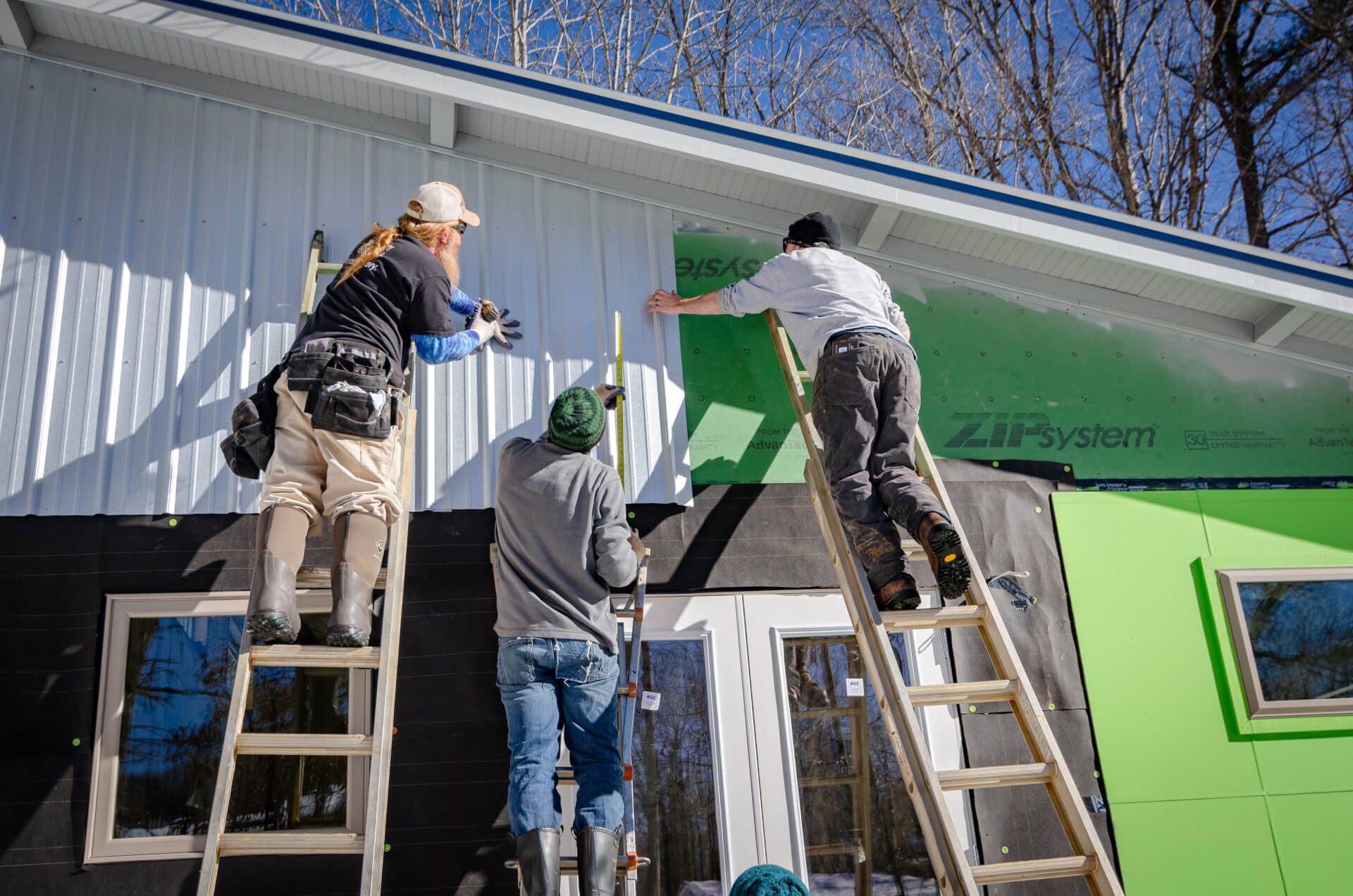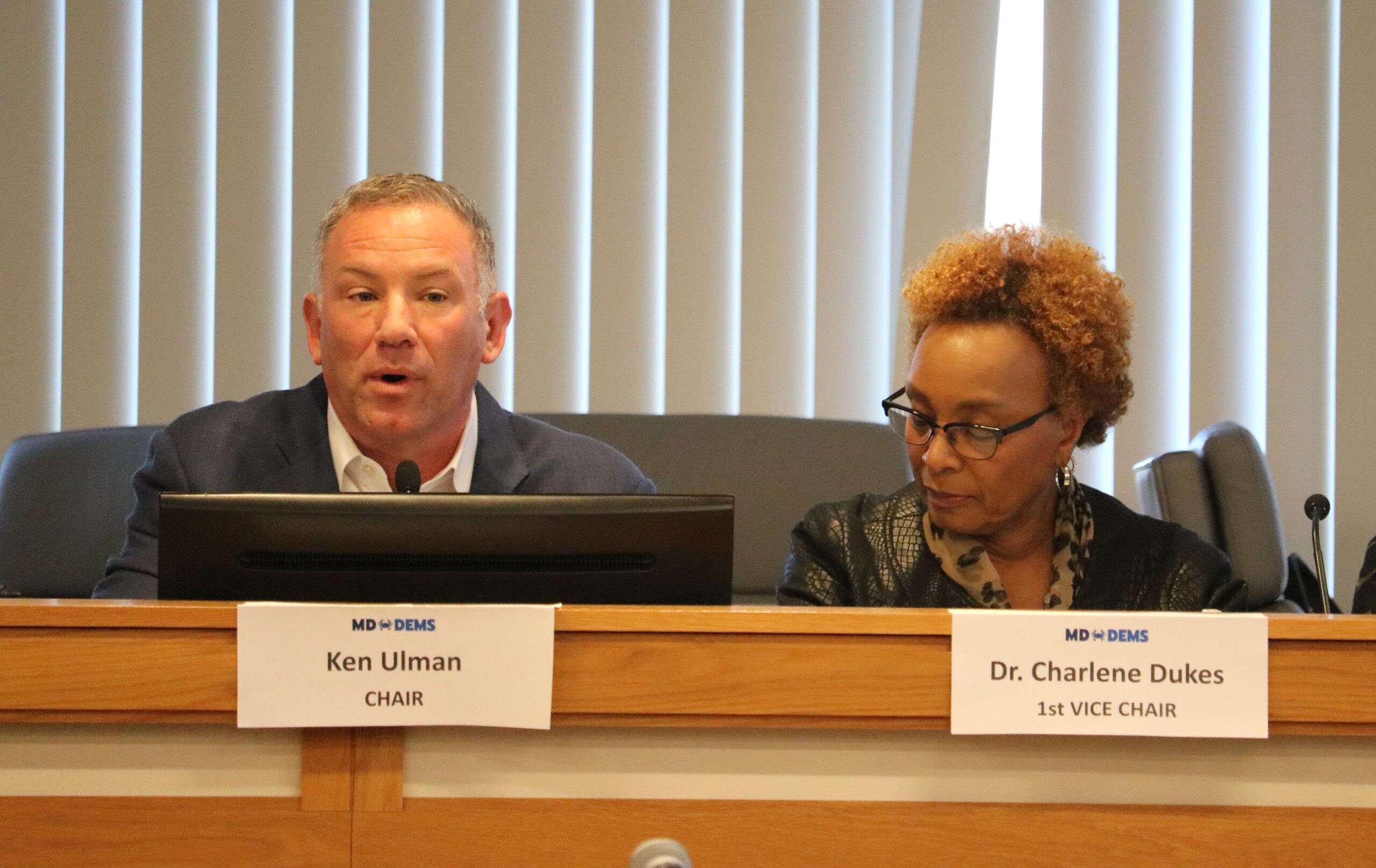Opinion: What’s the Hold Up, Gov. Hogan, on Helping Weatherize Homes?

Gov. Lawrence J. Hogan Jr. (R) has a decision to make, and it looks like he’s not in any hurry to make it.
Earlier this year, the Maryland General Assembly passed a budget amendment moving $6.5 million in energy funds to “low-income residential weatherization.” Those funds had been slated to expand natural gas infrastructure, such as pipelines, around the state.
The budget amendment states, “Funds not expended for this restricted purpose may not be transferred … to any other purpose and shall be canceled.”
That creates a decision point for Gov. Hogan: Spend it or kill it.
Hogan and his staff have not responded to repeated queries about his plans for those funds.
Supporters of the weatherization funding are eagerly awaiting Hogan’s decision.
Ruth Ann Norton, president and CEO of the Baltimore-based Green and Healthy Homes Initiative, says, “It’s in the budget, it’s there. The governor should release it!”
But, as Del. Lorig Charkoudian (D-Montgomery), the amendment’s principal sponsor, said, “The General Assembly can move money around, but it can’t force the governor to spend it.”
Support for the weatherization aid comes from a coalition of environmental and progressive organizations, including the Natural Resources Defense Council, Maryland Chapter of the Sierra Club, Maryland Legislative Coalition, Indivisible Howard County and about two dozen more.
What brought these groups to the table was that weatherization aid would address two different issues. Weatherization would help poor people keep warm and healthy in winter. And it would reduce energy use, making a small dent in global warming.
Environmental groups such as the Chesapeake Climate Action Network objected to expanding gas infrastructure in Maryland, noting that the “natural gas” used as fuel is mostly methane, a greenhouse gas that contributes to global warming.
Advocates of the weatherization fund cited many arguments for it, noting that energy use hits low-income households hardest and that energy costs are higher in Maryland than in most states. Also, weatherization can help address quality-of-life problems such as mold and asbestos and improve health.
Norton, whose organization focuses on housing and health, argues that “investing in healthy homes will save the state enormous sums in health costs.” And this year especially, when seniors are trapped in their homes by the COVID-19 pandemic and can’t safely go to cooling centers, having a healthy home is essential. Charkoudian said the weatherization program also promotes economic equity, addresses income inequality, creates “really good jobs” and lessens racial disparities.
The $6.5 million currently at stake is just a beginning, Charkoudian said.
“We came at it this year from the sense of what we could get,.” she said. (An earlier bill would have allocated $27 million over three years.)
Also, “Governor Hogan is a strong proponent of energy efficiency in general,” noted Lucy Laflamme, an energy efficiency advocate at NRDC. So this should not be a tough call for the governor.
No matter what Hogan decides, Del. Charkoudian is determined to keep pushing this issue in future sessions.
“There are people right now who are suffering,” the delegate said.
— BOB GULDIN
The writer is also an editor on public policy. He lives is Takoma Park, Md.




 Creative Commons Attribution
Creative Commons Attribution